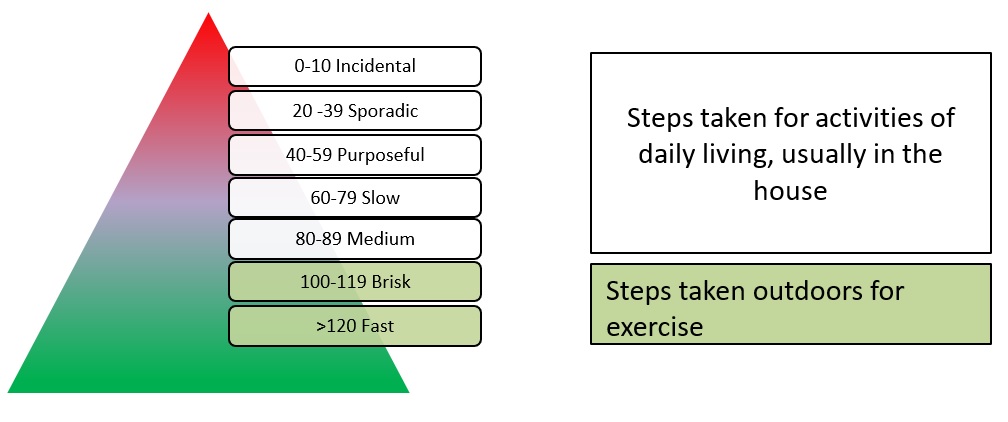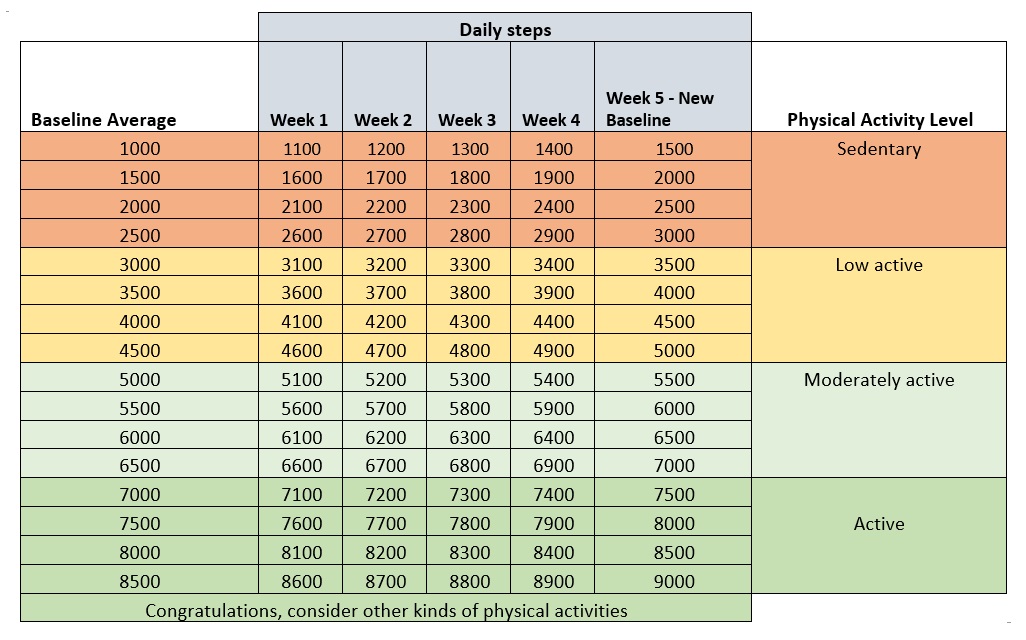Exercise
Move Your Body
Brain health is directly tied to physical health. Exercise can help you think more clearly and may protect against cognitive decline.
You can improve your health with as little as 2. hours of moderate to vigorous activity each week. Play a sport, walk briskly, jog, swim, or bike – even sessions as short as 10 minutes repeated through the week can make a big difference to your brain and body. Get stronger by adding exercises such as push-ups, leg squats, and crunches two or three times a week.
Move Your Body
An important aspect of the healthy lifestyle program is exercise. We encourage you to get 150 minutes of physical activity per week. Your regime should include core strengthening, resistance training, flexibility, aerobic exercise, and bootcamps. We are recommending online activities but if you feel comfortable and safe, you may also attend in-person activities.
Here is a resource for HIV & Physical activity.
For ways to get active, visit:
https://www.canada.ca/en/public-health/services/being-active/physical-activity-your-health.html
Exercise Video
Follow along with Dr. Adria Quigley with this Bootcamp set of exercises.
Warm-Up, 3 Sets: Jumping Jacks x 20, Squats x10, Good Mornings x10
Bootcamp:
1 of each exercise every minute for 25 minutes
Ground to overhead x 12 reps
Elevated push-ups x 15 reps
Leg lowers x 10 each side
Reverse lunge 10 each side
Mountain climbers x 10 each side
Walking
Tips to Walk Better
Going for a walk is a great idea. One of the challenges with going for a walk, rather than going to the gym, or going swimming, if that it is easy to lose focus and end up strolling along and not getting a workout.
- First Walk BEST – there is a free Walk-BEST workbook available at https://physiobiometrics.com
- Not all steps are the same
- Fast steps count more than slow steps
- Good steps count more than poor steps
- Better, faster, longer and stronger steps count the most for health
- Faster: Cadence of 100 steps per minute
- Longer: 10 minutes or more at one time accumulating at least 150 minutes per week
- Stronger: Using all muscles of the body
- What Does Walking BEST Look Like?
- Heel first
- Foot roll to strong push-off
- From the hip
- Arm swing
- Upright
- Breathe
How Fast Should You Walk?
- Accumulate 150 minutes per week
- 20+ minutes per day
- In bouts of 10+ minutes
How Slow is Slow? How Fast is Fast?
Ideally, you will want to walk at a brisk or fast pace, which is at a 4-6 out of 10 on the rate of perceived exertion scale.

Step count
Using your data from the StepCatcher, determine your baseline stepcount average by summing the number of steps you took in the past 7 days and divide that number by 7. From there, you will use your baseline average to increase your stepcount over 5 weeks. After that time, you will start with a new baseline and work toward further increasing your stepcount over the following 5 weeks until you achieve your goal.
Your stepcount goal will be guided by the 1-3-5-7-9 goal. If you currently take 3000 steps on average per day, your goal should be to increase your stepcount to 5000 steps per day on average. If your current step count is 5000 steps on average per day, your goal should be to increase your stepcount to 7000 steps per day on average. If you currently take 7000 steps per day on average, you should increase your stepcount to 9000 steps per day.
Once you have determined your baseline average and your stepcount goal, you will add 100 daily steps each week until you have reached your goal. For example, if I currently take on average 1000 steps at baseline, during week one, I will take 1100 steps per day. During week two, I will take 1200 steps per day until I reach my goal of 3000 steps per day.
If you have reached 9000 steps per day, you can consider participating in other forms of physical activity identified in this manual.

Running
Learn to Run
- The Nike Run Club App offers guided and non-guided runs, maps of your runs, and estimates of your pace.
Strength Training
Resistance Exercise Online Classes
Resistance Training and Bootcamp classes can be found here:
- Getting started with bootcamp: https://youtu.be/vnsOhUAXcek
- Active at Home Videos: https://www.uwo.ca/ccaa/programs/videos/index.html
